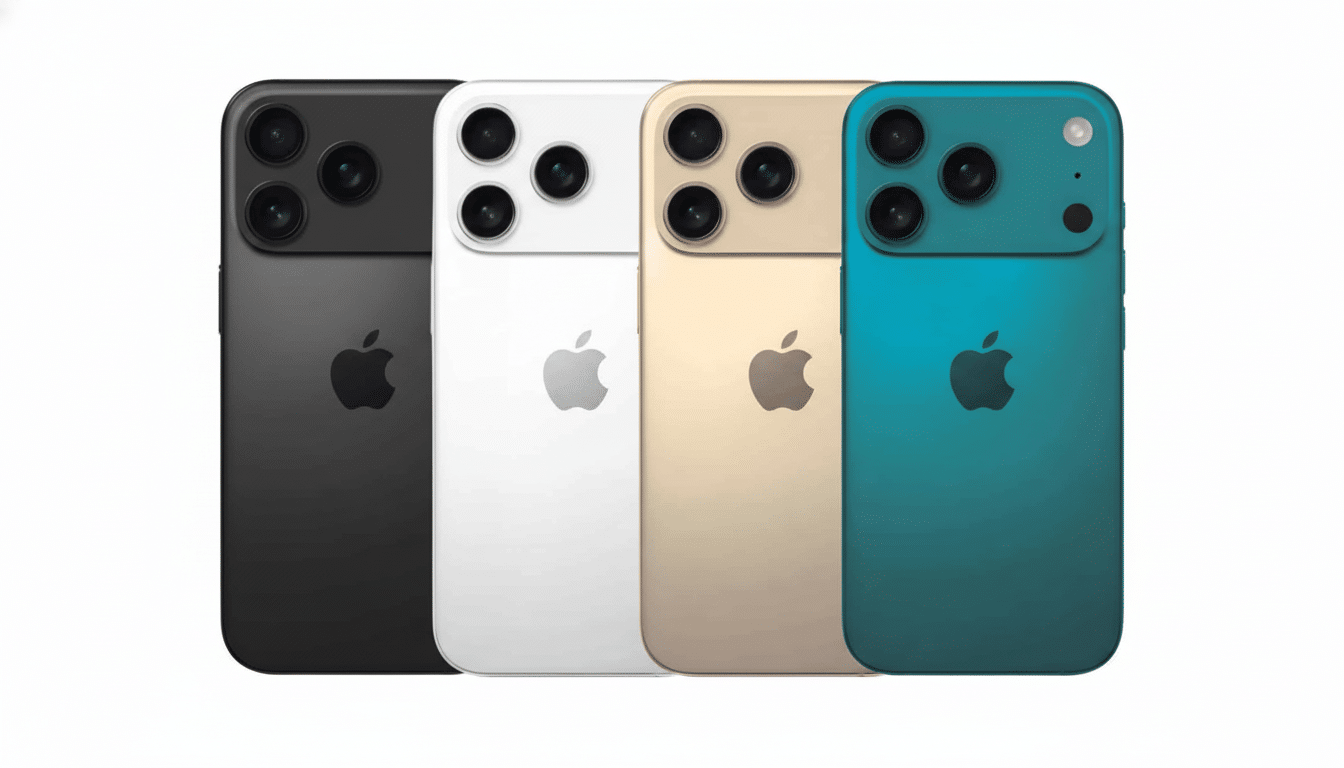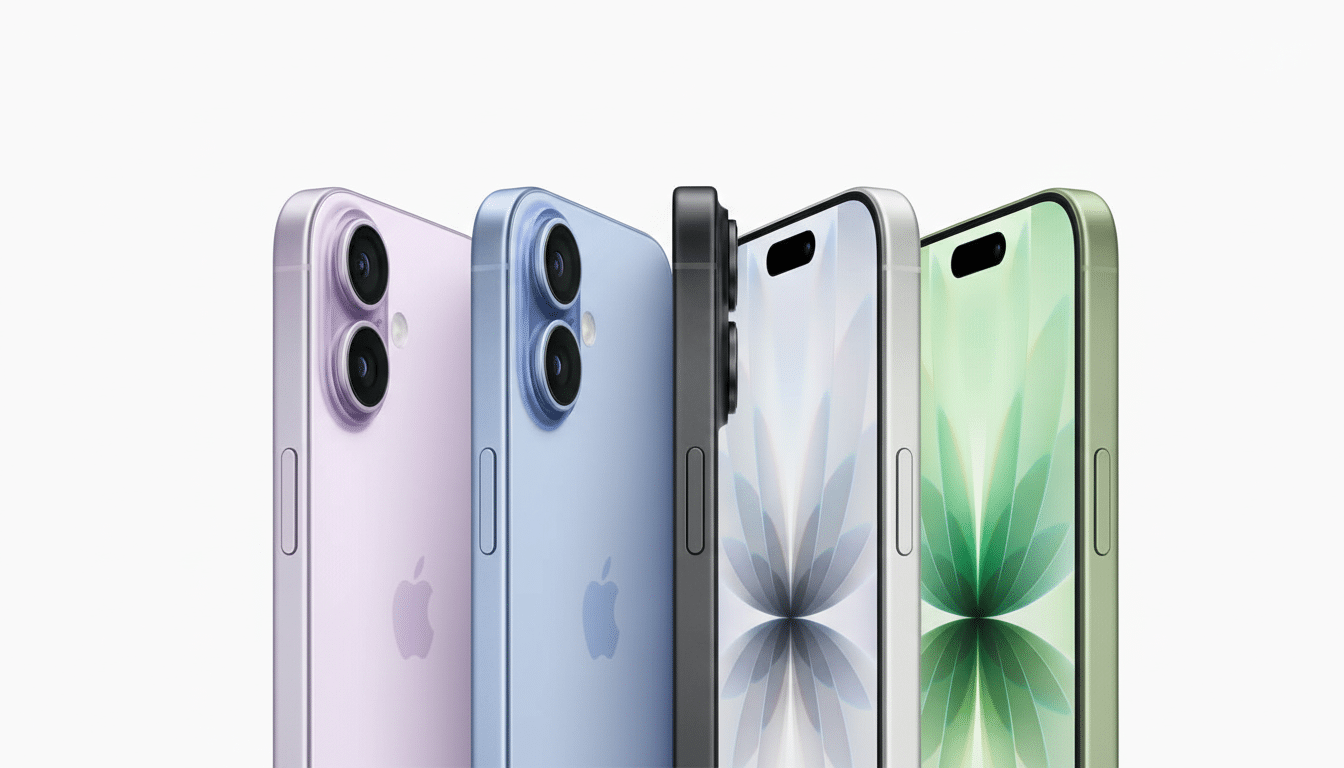Apple’s iPhone 17 family has arrived with the kind of alterations Android enthusiasts have long since taken for granted: high-refresh displays at all, improved thermals on the Pro series, superior-quality cameras front and back. It’s not so much about breaking new ground as it is about getting its current flagship up to speed — but the total here is what meaningfully modernizes the iPhone experience and, for everyone else, sets a new bar to clear.
The big catch-up moves
The biggest headline change here is display tech. The base iPhone 17 now finally switches to a 120Hz LTPO panel that also supports Always-On, which most midrange Android phones have had for a while. At introduction, the 13 Pro debuts an antireflective treatment and retains the Super Retina XDR color calibration that made its debut last year alongside the Dynamic Island, a display-processing platform meant to balance punchy visuals with real-world readability.

All four models now comes with an 18MP front camera that also has autofocus and “Center Stage” framing. Beyond the increase in resolution, Apple plays up the computational parlor tricks: Auto field-of-view expansion for group shots, vertical-to-horizontal reframing without having to rotate the phone and ultra-stabilized 4K HDR video. The iPhone’s Android rivals from Samsung, Google, OnePlus, and OPPO have long been pushing high megapixels up front, but Apple’s execution-first approach could be more crucial for social video and conferencing quality.
Connectivity gets a quiet but big bump: Wi‑Fi 7, second‑gen UWB, Thread for smart home stuff, and a new C1X modem that’s supposed to be a whole bunch faster than the last-gen radio. And again, analysts at Opensignal and Counterpoint Research have noted that modem consistency can be as important, if not more so, than peak speeds; Apple clearly wants fewer dead zones and better throughput in congested environments.
Pro models drive sustained performance
Thermals were the pink elephant in the room, last generation. The iPhone 17 Pro and Pro Max go right at that head on with a vapor chamber cooling system — the same kind of thing that Android flagships have done to keep throttling under gaming loads in check. Apple replaces titanium with an aluminum unibody that wraps around the back, and a glass window for wireless charging. The design shift is more than skin deep; aluminum is a faster conductor of heat, and sustained early performance should be better as a result, a phenomenon Notebookcheck and AnandTech have done an excellent job chronicling with vapor‑cooled Android phones of recent release.
Under the hood the A19 Pro silicon is built on a state‑of‑the‑art process and coupled with a six‑core GPU in the Pro models (the Air’s A19 Pro has a five‑core GPU). Budget for faster ray‑traced rendering, more demanding on‑device AI workflows, and fewer lapses in performance for long stretches. It is evolutionary on paper but, along with the new cooling, it is the most meaningful performance leap Apple has taken in years.
The camera stack is also more ambitious. And pro models jump to triple 48MP sensors: a main camera with second‑gen sensor‑shift stabilization, a macro-capable 48MP ultrawide with autofocus, and a 48MP tetraprism telephoto. The telephoto is at 4x optical but it also makes use of the higher resolution to offer “lossless” 8x 12MP shots in good light. Throw 4K Dolby Vision video up to 120fps into the mix, and Apple’s imaging toolkit appears much more competitive with the best from Google and Samsung.
Standard iPhone 17, and the new Air
The standard iPhone 17 expands to 6.3 inches, and, importantly, the 120Hz LTPO panel you need to make scrolling and gaming feel contemporary. It retains the 48MP main camera, but the ultrawide has been updated to 48MP ultrawide with autofocus for macro shots. In the U.S. it’s an eSIM-only phone, which simplifies water resistance and releases internal volume, but adds complexity for travelers, at least some of them.

The iPhone Air brings the old Plus idea into the cutting edge with an ultra‑thin design, titanium mid‑frame and display reaching 6.5‑inches and 120Hz The trade-off is clear: a solo 48MP rear snapper replaces a dual setup and tepid wireless charging versus the rest of the line. It’s Apple’s response to the super‑slim Android flagships which put in‑hand feel ahead of pure spec brute force.
Pricing, storage, and charging
Apple did not raise headline prices so much as play around with what value means. The entry iPhone 17 is 256GB and will be priced unlocked at $829; carrier versions will be $30 cheaper. The Air starts at $999 for 256GB. Pro starts at $1,099 and Pro Max at $1,199, at 256GB each. Top-tier buyers can upgrade their Pro Max to 2TB. There is, importantly, no 128GB option this time around.
Wired charging speed grows to 40W on iPhone 17, 17 Pro, and 17 Pro Max for a claimed 0–50% in 20 minutes, with Air hitting 30 minutes at 30W, and MagSafe, and Qi2 wireless topping out at 25W on most models (Air gets 20W). Android leaders are still posting far larger wattage numbers, but Apple’s conservative curve typically focuses on battery longevity, and that’s a long‑term trade-off that firms such as iFixit and AccuBattery have commented on in the past.
How it compares to Android
Where Android still has the edge: faster wired charging, a greater selection of optical zoom levels (from 5x to 10x on certain flagships), and more flanky experimentation with form factors. Where Apple is now hitting the mark: 120Hz across the board, vapor chamber cooling on the Pro, high‑resolution sensors across the stack, and capable video tools out of the box.
Software support is still a philosophical divide as well. Apple does not release a formal update number, but it has historically supported devices with quick and long-lasting OS and security updates. Among Android brands, top names publicly commit to longer windows for updates. Either way, people who pay top dollar can now expect long support on both platforms.
Why this matters
Counterpoint Research estimates that Apple takes about two‑thirds of the premium phone sales worldwide. When the iPhone’s default model moves to 120Hz and a higher‑spec front camera, those become the base level for the wider market — including midrange phones. Also look for ripple effects in accessories, with Qi2 dominance taking off and Thread pushing the smart‑home-nonsense-verse More in line with simpler, local connection.
The iPhone 17 series may not be rewriting the smartphone playbook, but it fills in crucial gaps that mattered to everyone from fans to daily users. After years of Android being first on displays, thermals and zoom, Apple is here to that race and it’s good for us all.

